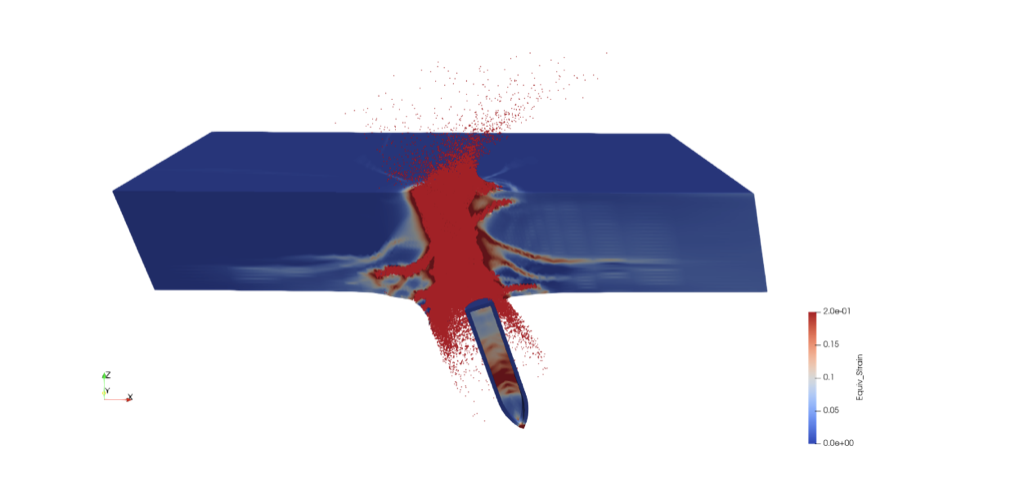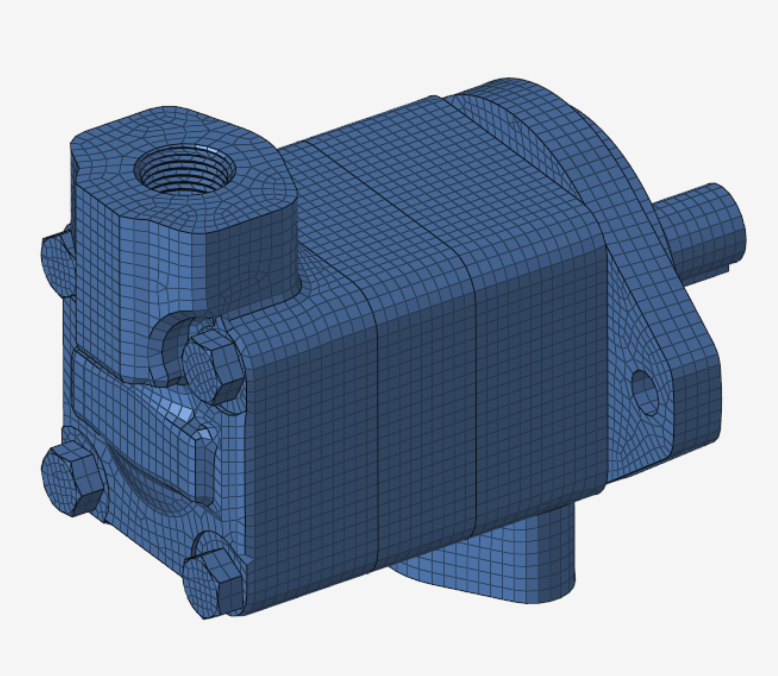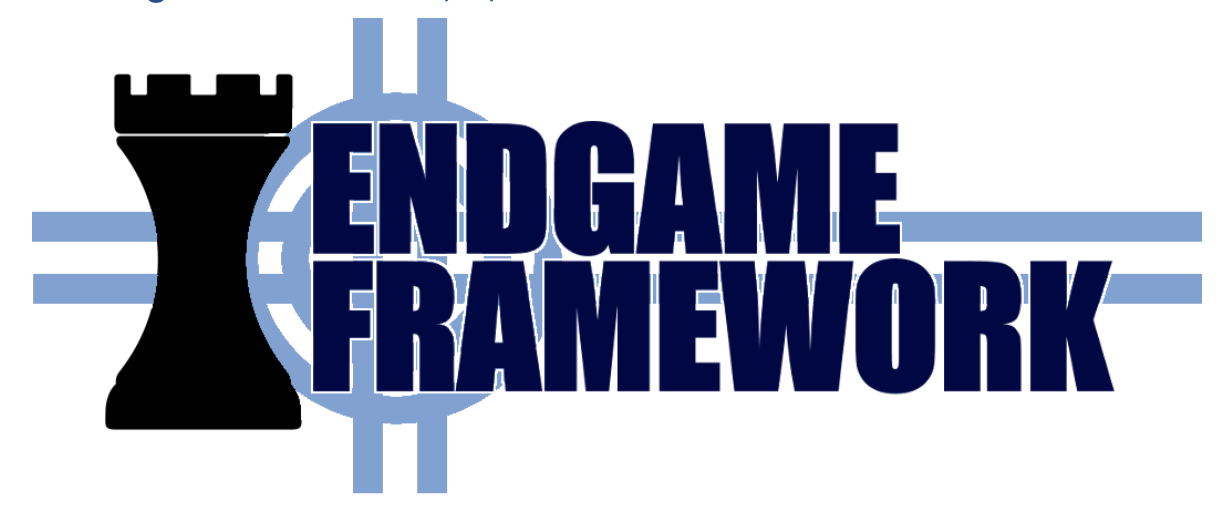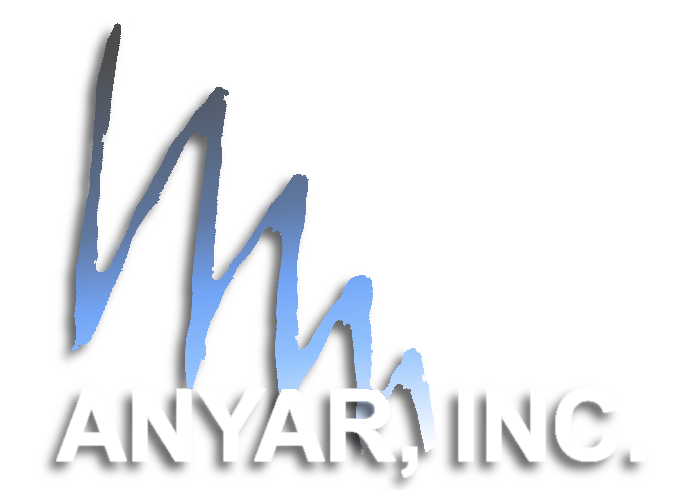What Our Capabilities Are
EFFECTS SCIENCE
AJEM
Advanced Joint Effectiveness Model (AJEM) is a lethality, vulnerability, and endgame computer simulation code capable of analyzing one or more threats attacking a single rotary-wing aircraft, fixed-wing aircraft, or ground-mobile system. It combines elements of target modeling, threat modeling, encounter kinematics, generation of weapon burst points, propagation of damage mechanisms to the target, damage mechanism/target interaction (penetration, fire, blast, etc.), target system relationships (functionality, redundancies, etc.), and target remaining capability or loss of function is determined in developing a Failure Mode Effectiveness Criticality Analysis (FMECA) and Failure Analysis Logic Trees (FALTs) for the target.
Using a Ballistics Research Laboratory Computer Aided Design (BRL-CAD), the construction of a Target Geometric Model (TGM) of sufficient fidelity along with the FALT is used to generate an AJEM vulnerability data set project in a suitable format for use as input to a standard lethality/vulnerability (L/V) studies/analysis. The project contains several modules that are all part of the data set developed to run a specific suite of weapons against targets. Weapons will be run through a myriad of attack aspects (azimuths, elevations, and velocities). A detailed analysis of the outputs is conducted to determine the Probability of Kill (Pk) against each target/component.
AJEM was designed to be a DoD standard computer simulation for evaluating the lethality and terminal effectiveness of munitions and the vulnerability of aircraft, missiles, and ground-mobile systems, including battle damage assessment and repair (BDAR).
AJEM produces results applicable during all phases of weapon system acquisition, from research, design, and development to production tests and evaluation. AJEM produces results that are observable/measurable for testing and real-world events.
SOFA 2.0 has been designed from the ground up to allow tool and client integrations to be implemented with as little code as possible. Additional tooling has been creating on top of the SOFA platform such as SOFA-Workflow and SOFA-Builder. SOFA-Workflow is a tool suite created to provide a visual interface for assembling and executing complex analyses. SOFA-Builder provides a GUI for creating and registering new containerized tools and analysis drivers with SOFA.
SOFA has drivers for analyses such as Uncertainty Quantification, Optimization, and Design of Experiments out of the box, and allows for additional analysis drivers to be implemented via the same simple interface as other containerized tools. SOFA is backed by S3 (or Minio) artifact storage and a NoSQL database to store inputs and results data.
To date, SOFA has been utilized for numerous concept development analyses using tools such as AFSIM, AJEM, CWS, EPIC, IWEA/Endgame Framework, and Missile DATCOM, among others.
EPIC

HYPERMESH

Endgame Framework (EF)
The Endgame Framework project began back in 1999 as a Small Business Innovation Research (SBIR) project for the Air Force Research Laboratory (AFRL) Weapons Directorate at Eglin Air Force Base and developed by Applied Research Associates, Inc. (ARA). One of Anyar’s employees was a primary developer on EF’s core code base and methodology/plugin development for over 10 years. Due to this extensive knowledge of EF and its core structure, Anyar is an expert in EF development and training.
EF is a 3D modeling and simulation-based architecture designed to streamline the development of physics-based methodologies for analyzing the effects of kinetic energy (KE) and directed energy (DE) weapons against a wide range of targets from air and ground mobile, to fixed structures and underground tunnels and bunkers.
EF is designed to be an architecture/framework for developing robust Vulnerability & Lethality (V&L) applications in a fast an efficient manner. An example of an application developed using EF is the Integrated Weapons Environment for Analysis (IWEA).

